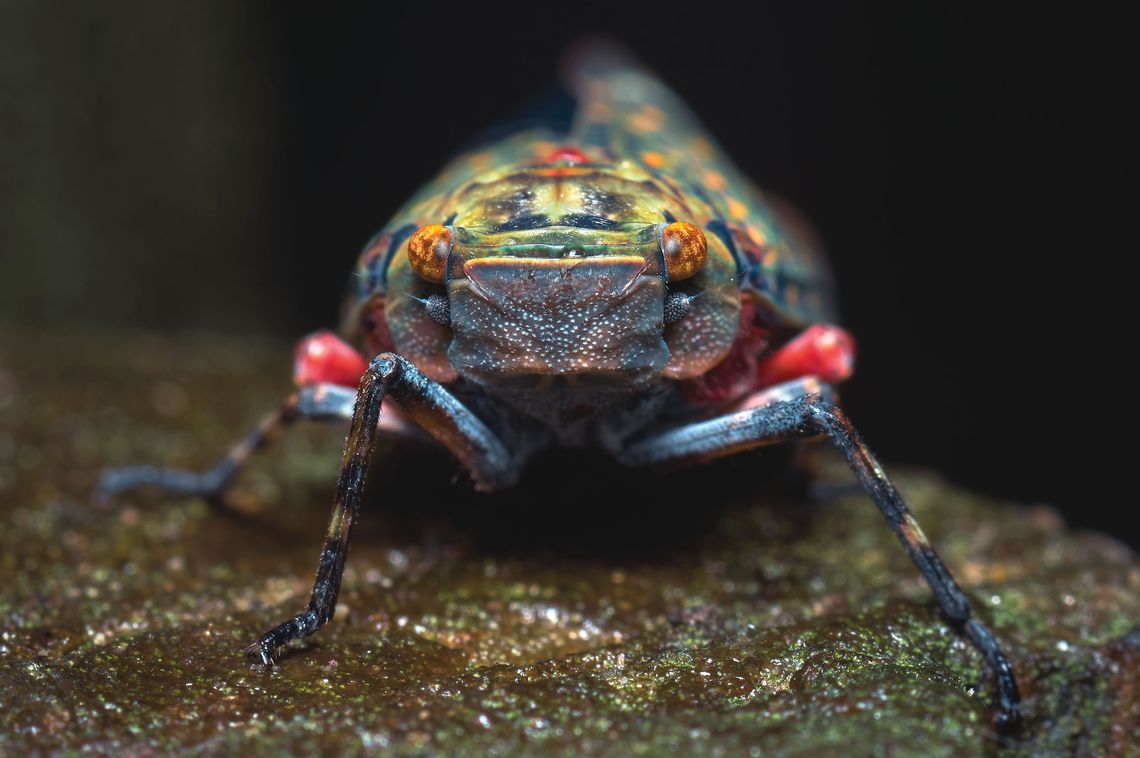Many of us recognize the sounds of cicadas. Cicadas are known for their loud singing and the empty, tan husks they leave clinging to trees and structures as the nymphs emerge as adults.
You may not know there are more than one species. In fact, there are around 20 species of annual cicadas in Mississippi, and we are home to three broods of 13-year cicadas, which vary considerably in size, appearance and especially sound. Sound is important to cicadas, because males use their songs to attract females of the same species. Next summer, pay attention to the cicadas you hear singing in the summer months, and you will probably notice several different songs.
The young cicadas are known as nymphs, and they feed on the roots of trees, quietly underground for years. These nymphs emerge through half-inch holes in the ground, shed their nymphal skins and become adults to mate and lay eggs.
Individual cicadas singing can be rather loud, however, population's densities can exceed one million cicadas per acre, and the combined songs of this many cicadas can have an effect on outdoor conversations and activities.
In Mississippi, annual cicadas begin appearing in June. Some live in pine forests, while other species make their home in hardwood forests.
The nymphs of cicadas suck the sap from tree roots, which may weaken young trees, but annual cicadas are rarely numerous enough to cause substantial damage. The adult cicadas make slits in small branches of trees in which the females lay eggs. The extra weight sometimes will cause the branches to hang down and break.
Source: Bug’s Eye View Newsletter, Mississippi State University Extension, April 2021.


Comment
Comments